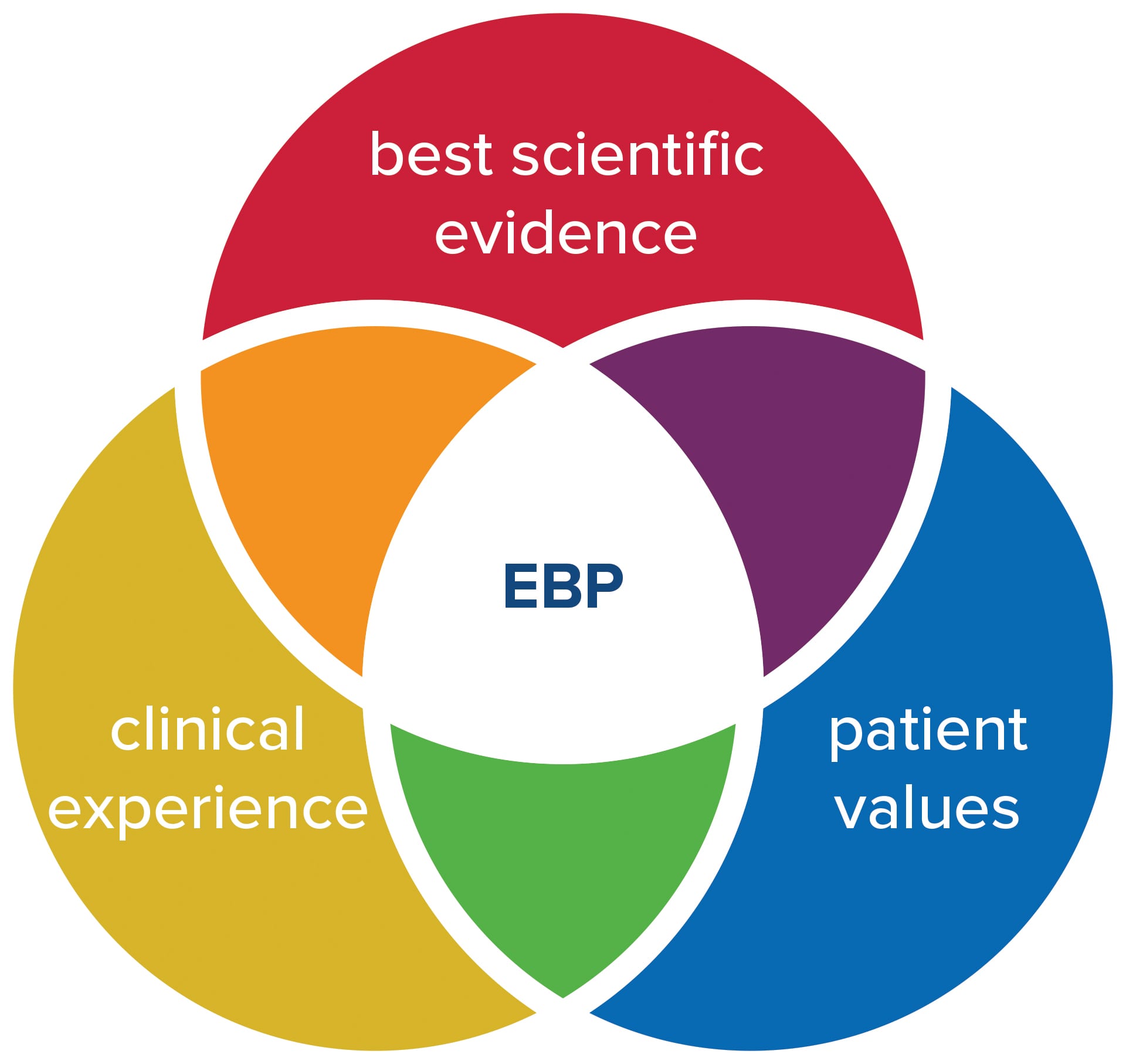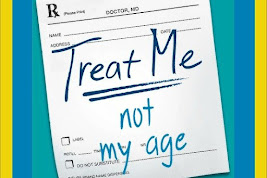Introduction
Nursing is a dynamic profession, and nursing research has been evolving to meet the needs of the modern health care environment. Nursing is a profession that continues to grow, innovate and adapt in order to meet patient needs.
History and Evolution of Nursing Research
The history of nursing research can be traced back to Florence Nightingale, who used her data to change practices for military hospitals in the 19th century. In more recent times, nursing researchers have made significant contributions in areas such as evidence-based practice (EBP), quality improvement and patient safety.
Nursing has been recognized as a science since at least 1887 when Martha Maxwell published one of the first textbooks on nursing science titled "The Principles of Nursing". However, it wasn't until after World War II that nurses were able to earn doctoral degrees in this field through programs like Columbia University's School of Nursing or Yale's School Of Nursing which was founded by Mary Eliza Mahoney who also helped establish many other schools including Johns Hopkins University School Of Nursing (1881).
The American Nurses Association (ANA) established its first research committee in 1955 but did not begin publishing an official journal until 1973 when they launched "American Journal Of Nursing" (AJN). Since then there have been several other journals created by ANA including: "Journal Of Advanced Nursing", "Nursing Research", "Canadian Journal Of Cardiac Care", etc...
Today there are several nursing organizations including: American Nurses Association (ANA), National League for Nursing (NLN), and the American Association of Colleges Of Nursing (AACN). All three of these organizations offer various benefits to their members such as education programs, publications and moreThe ANA also offers several student memberships for students in nursing school. The ANA publishes many journals including "The American Journal Of Nursing", "Nursing Research", and the "Journal Of Advanced Nursing"..
Shift From Traditional to Innovative Research Methods
One of the most important shifts in nursing research is from traditional to innovative methods. There are many reasons why this shift is necessary and beneficial, including:
Increased rigor in research design and execution;
Improved study validity and reliability;
Greater ability to draw conclusions that can be generalized across diverse populations, settings, or time periods;
More efficient use of resources (including money).
Increased rigor in research design and execution: Rigorous studies are those that are well-designed, well-executed, and have an appropriate sample size. This increases the validity of findingsIn other words, it is more likely that the study results reflect true relationships between variables. Improved study validity and reliability: Validity refers to how well a study measures what it’s supposed to measure; reliability refers to how consistent the result of a given method or set of procedures is from one administration (or measurement) to another..
Greater ability to draw conclusions that can be generalized across diverse populations, settings, or time periods: The more generalizable a study is, the more likely it will have real-world implications for practice. In other words, if your results cannot be generalized to other settings or populations, then what does it matter? More efficient use of resources (including money): The more rigorous the research design and execution are, the less costly they becomeMore efficient use of resources (including money): The more rigorous the research design and execution are, the less costly they become. Greater ability to draw conclusions that can be generalized across diverse populations, settings, or time periods: The more generalizable a study is, the more likely it will have real-world implications for practice..
Evidence-Based Practice
Evidence-based practice (EBP) is a method of decision making that uses the best available evidence to guide clinical decisions. The goal of EBP is to provide quality care, reduce morbidity and mortality, improve patient satisfaction, and enhance efficiencies in the use of health care resources. In order for nurses to be able to apply this concept in their everyday practice they must first understand what it means for them personally as well as how they can incorporate this into their work environment without compromising patient safety or quality outcomes
This month's issue of Nursing Research will focus on quality and safety in healthcare. Quality improvement (QI) is an important area of research that focuses on improving the outcomes of care by improving processes, systems, and environments within healthcare organizations. QI efforts are typically multifaceted and involve collaboration between multiple stakeholders including clinicians, administrators, researchers and patients.
The Association of American Medical Colleges' (AAMC) Center to Improve Healthcare Quality provides several resources related to QI including an overview article titled "Improving Patient Safety: A Guide for Clinicians" as well as a list of references related to specific topics such as antibiotic stewardship programs or health information technology implementation strategies.
The AAMC also provides a list of books and other resources related to QI-related topics. These include "The Handbook of Quality Improvement in Healthcare" as well as "Improving Healthcare Quality: A Step-by-Step Guide.The AAMC’s website also provides a list of websites related to QI. These include the National Patient Safety Foundation, which is an organization that provides resources for patients, families and caregivers. The NPSF also offers educational materials such as a guide titled "Healthcare: Getting It Right the First Time.""
The Need for Continued Investment in Nursing Research
As you can see, there are many ways to measure the impact of nursing research. We hope that this information will help you as you evaluate your own work and set goals for future research. The purpose of this article was to provide an overview of some important considerations when conducting or evaluating nursing research, but we encourage readers who want more information on specific topics to refer back to our references at the end of this document or consult additional sources listed in Appendix A (below).
We also encourage readers to visit our website, www.nursingresearch.org, where they can find additional resources on nursing research topics and much more!
The purpose of this article was to provide an overview of some important considerations when conducting or evaluating nursing research, but we encourage readers who want more information on specific topics to refer back to our references at the end of this document or consult additional sources listed in Appendix A (below). We also encourage readers to visit our website, www.nursingresearch.org, where they can find additional resources on nursing research topics and much more! Press Tab to write more...
Conclusion
As we've seen, nursing research has been a crucial part of improving practice and policy. It's not just about finding new ways to treat patients--it's also about making sure that those treatments are safe and effective. The field is constantly evolving in order to meet these goals, so it's important for nurses and other healthcare providers to keep up with the latest developments in their field.


.jpg)









.jpeg)




